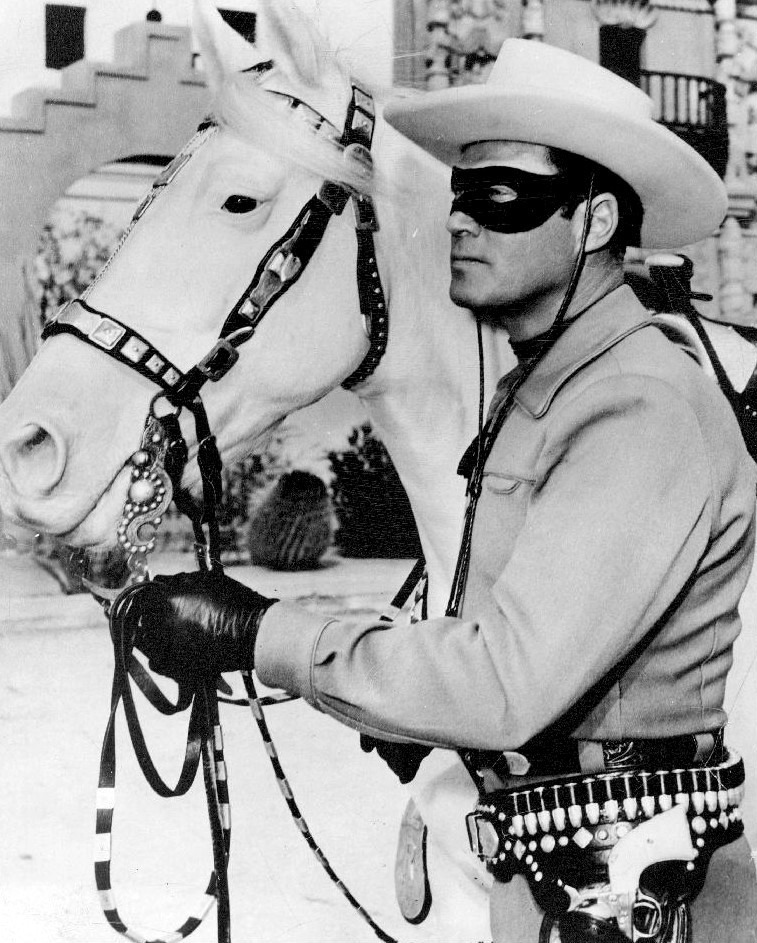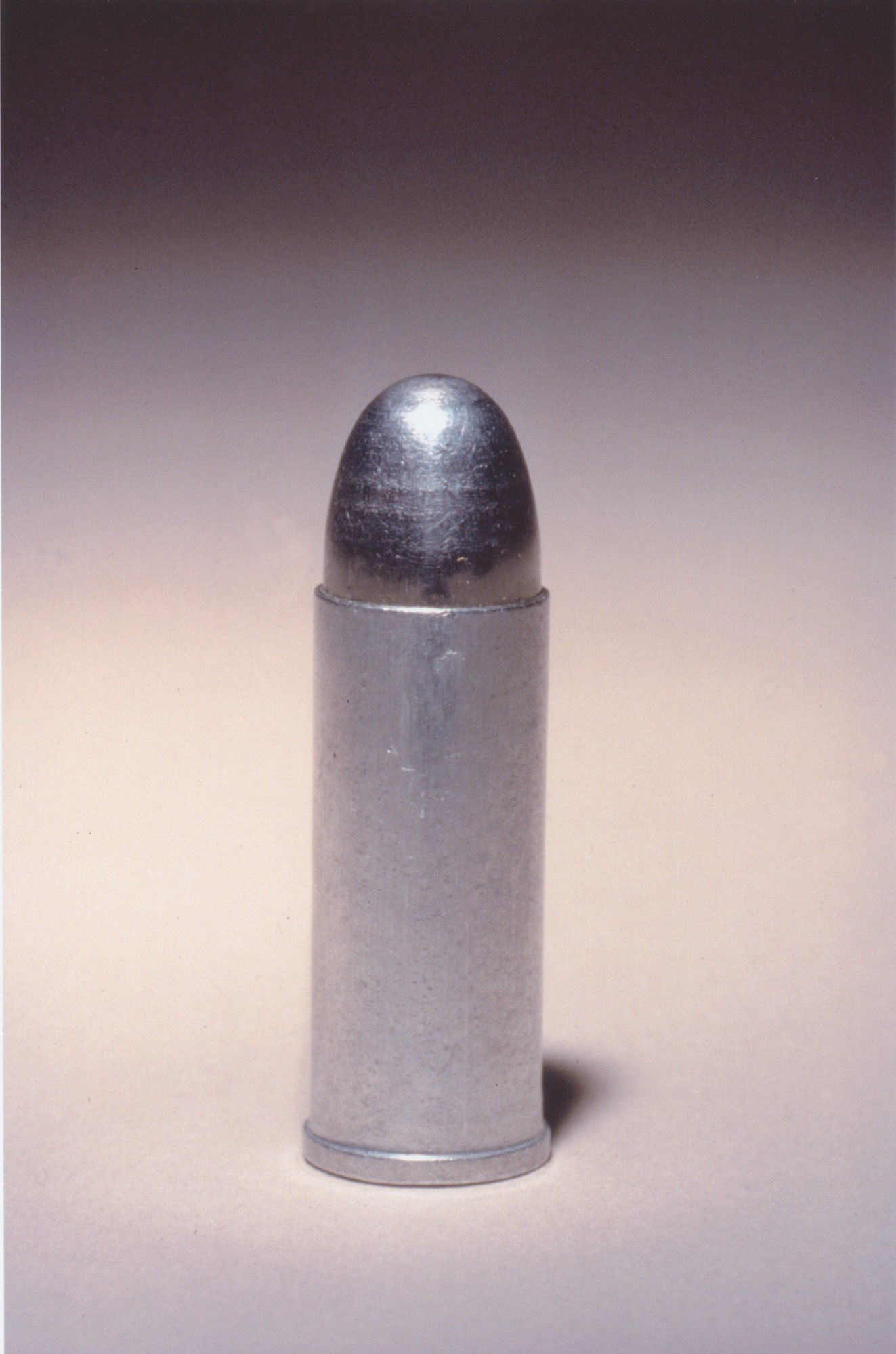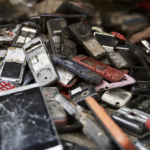“Silver buckshot” isn’t enough to fix the climate
By Dawn Stover | April 1, 2019

“There are no silver bullets, only silver buckshot.”
I don’t know whether author and environmental activist Bill McKibben was the first to coin the term, but “silver buckshot” is now the solution du jour to climate change. With Congress debating a Green New Deal, and Washington Gov. Jay Inslee running for president on a climate platform, the phrase is spreading faster than a wave of late-season flu.
Defeating climate change is certainly going to require more than one killer energy technology. Trouble is, even if the world deploys every single energy technology at its disposal—a shell crammed full of pellets—that still won’t be enough. Fixing the climate requires new policies as well as technologies; systemic changes to the economy; and perhaps most important of all, a shared sense of purpose. Buckshot might bring down a deer, but it isn’t powerful enough to break through the walls erected by the defenders of Business As Usual. That’s going to require battering rams and a determined siege.
One Big Thing. Many people still haven’t given up on finding a silver bullet. Some dream of a new generation of nuclear reactors, others of “clean coal” or artificial photosynthesis. And then there are the journalists who take it upon themselves to tell everyone about the One Big Thing ordinary people can do to solve climate change.
One analysis claims that “avoiding meat and dairy products is the single biggest way to reduce your environmental impact on the planet,” noting that beef production emits far more greenhouse gases per pound than cultivating tofu and that giving up meat is better than giving up your car.
Another says that flying on an airplane “is the most carbon-intensive activity we can do,” and the New York Times advises readers that “the most effective way to reduce your carbon footprint is to fly less often.”
And then there’s the mother of all solutions: family planning. The carbon footprint of having a child in a developed country dwarfs the impacts of dietary and transportation choices. (If you want to have a low-impact child, just don’t be rich).
Of course, most people aren’t the least bit interested in an all-or-nothing lifestyle change. But they might consider making a bunch of less dramatic changes: having one less child, skipping meat one night a week, driving fewer miles, putting solar panels on their roof, and so forth. That’s the buckshot approach. The hope is that lots of smaller, more practical changes will add up to a bigger end result than One Big Thing. If the climate is dying by a thousand cuts, maybe a thousand Band-Aids can help.
There is much to like about the buckshot approach. It reminds people there is no simple, either-or solution to the wicked problem of climate change. Renewable energy is critical for addressing global warming, but even in the most optimistic projections renewable energy can only meet about 80 percent of recent US electricity demands by 2050—and that doesn’t include energy used in other sectors of the economy, such as transportation. As its proponents have explained, buckshot must also include shifts in attitude and behavior, like reducing food waste and walking more. With the shotgun approach, even your climate-change-denying Uncle Pete may find some policies he likes.
Silver-tongued politicians. The trouble with “silver buckshot” is that nobody ever says exactly what it is. It obviously includes “clean energy,” whatever that means. Unlike the Green New Deal, which gets criticized for not being specific enough, silver buckshot isn’t even a set of policies that have been written down and distributed for discussion.
Buckshot is similar to the “stabilization wedges” first described by Princeton University researchers Robert Socolow and Stephen Pacala 15 years ago: a wedge of emissions reduction via wind power, a wedge of vehicle fuel efficiency, a wedge of avoided deforestation, and so forth. The beauty of the wedges approach was that it offered a quantitative pathway to the amount of carbon dioxide emissions needed for a stable climate. Silver buckshot is basically a catchier name for wedges—except that it doesn’t attempt to name all the wedges or precisely add up their contributions to a stable climate. There is no silver-buckshot plan, only silver buckshot.
In short, silver buckshot is better suited to politicians than to scientists. It’s every bit as meaningless as Barack Obama’s 2012 “all-of-the-above” energy strategy—but somehow manages to sound more effective and less desperate.
Even the US Chamber of Commerce is paying lip service to silver buckshot. That alone suggests that yesterday’s ammo has already been melted down and retooled into today’s trinkets. After all, this is the same organization whose president and CEO last month wrote that “the dream of making fossil fuel go the way of the dinosaur is hardly the most absurd element” of the Green New Deal.
Bigger caliber. To be successful, climate action must include policy changes as well as energy technologies, and it must get a lot more ambitious than “buckshot” suggests. A bunch of little things aren’t going to do the trick. The climate fix doesn’t require new technology, but it does require massive coordination, effort, and willpower—something more like a Manhattan Project than a potluck dinner.
I have no doubt that humans and their governments can come up with a diversified set of solutions to stabilize the climate, but the real question is whether Earth’s residents are willing to cooperate with each other on the global scale required. Many Americans have had to battle their neighbors just to install a rain barrel or hang laundry outdoors.

In the wrong hands, “silver buckshot” could become an excuse for thinking small. Large changes are needed if human society is to prevent catastrophic warming, and they must be systemic changes—not just individual choices.
Unless it is better defined and immediately developed, silver buckshot probably won’t do anything to fix the climate. What the world really needs are legions of Lone Rangers: people who seek justice for all, believe that they have it within themselves to make the world a better place, and carry silver bullets as a reminder that life is precious and not to be wasted. And for every Lone Ranger, a Tonto, because fighting climate change can be a lonely job.
Together, we make the world safer.
The Bulletin elevates expert voices above the noise. But as an independent nonprofit organization, our operations depend on the support of readers like you. Help us continue to deliver quality journalism that holds leaders accountable. Your support of our work at any level is important. In return, we promise our coverage will be understandable, influential, vigilant, solution-oriented, and fair-minded. Together we can make a difference.
Keywords: renewable energy, silver buckshot, wedges
Topics: Climate Change, Columnists















